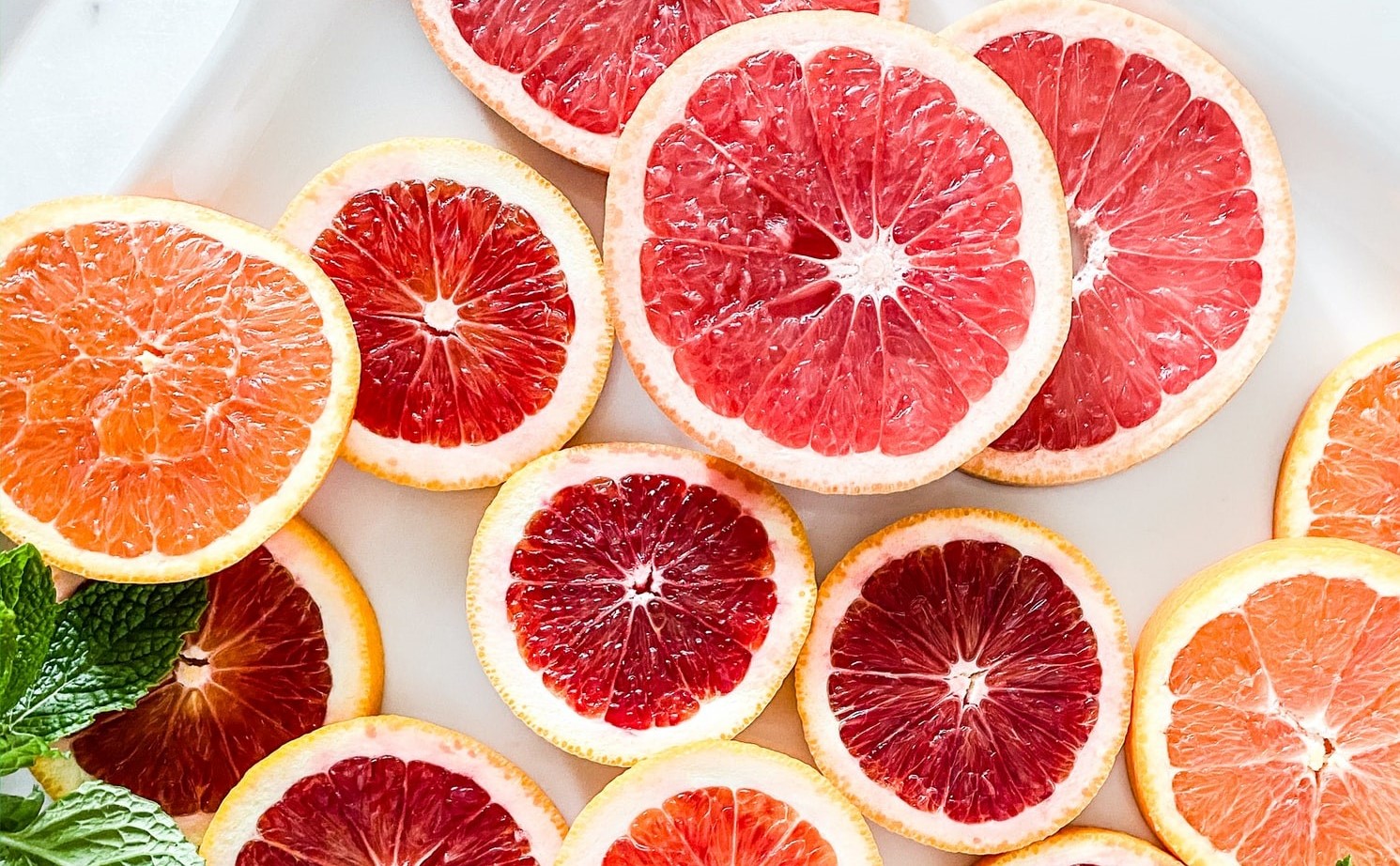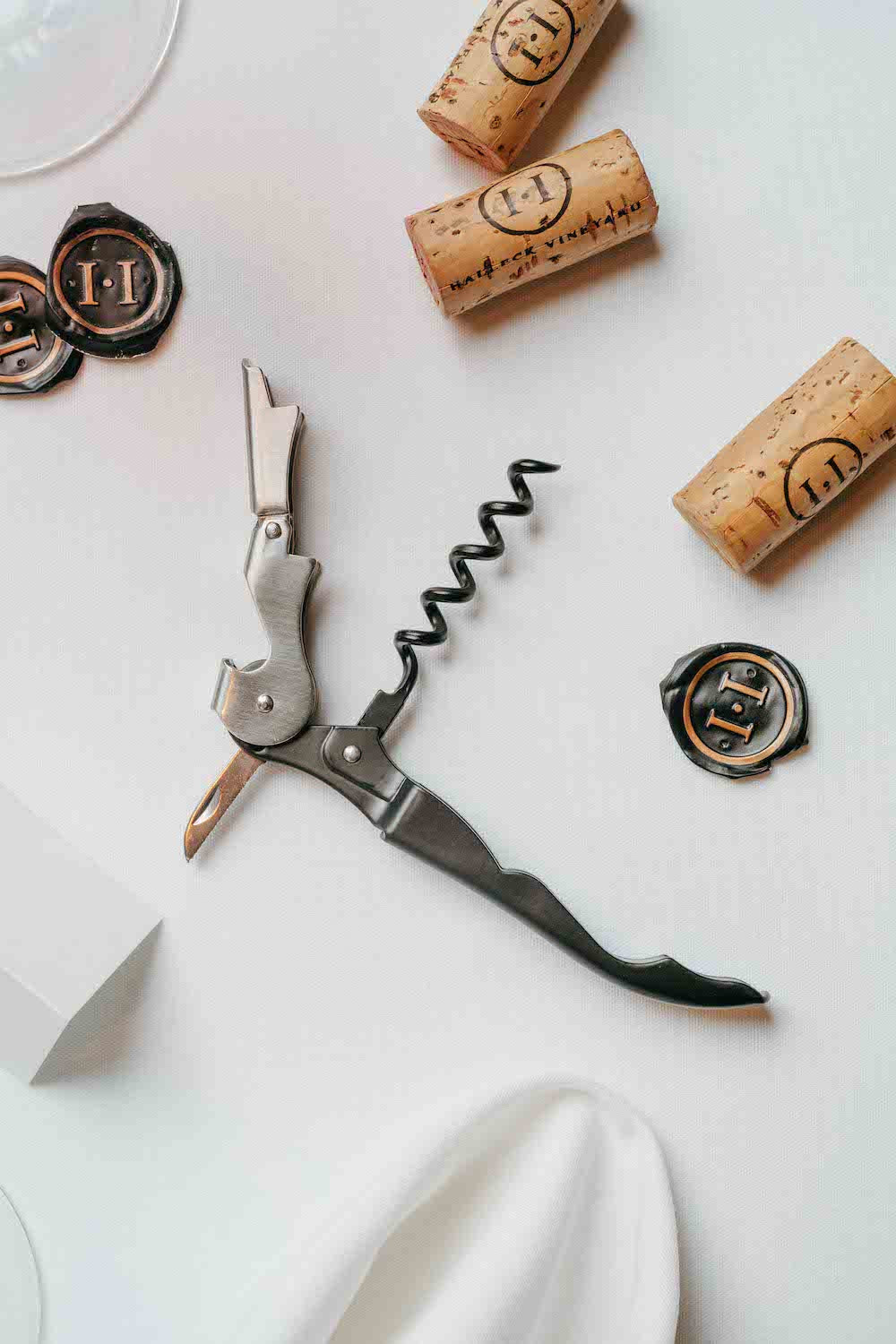Vineyard Tours With Guided Tastings In Sonoma - Sonoma's Premier Wine Tasting Events
Eco-Friendly Wineries In Sonoma County - Wineries With Outdoor Tastings In Sebastopol
Wine tasting is an art that mixes sensory experience with an appreciation for the nuances of different varietals. How to evaluate flavors in winery wine tasting sessions is pivotal to greedy the complexities of wine.
Engaging in a wine tasting entails greater than simply sipping and savoring. It requires a targeted strategy to determine aromas and flavors that each wine presents. As you start, observe the wine's appearance, noting its colour and clarity. These visual cues usually recommend a wine’s age, grape variety, and even potential flavor profiles.
The subsequent step in the tasting process is to swirl the wine in your glass. This action releases fragrant compounds which might be important for analysis. Lean in and take a second to inhale deeply; the aromas can range from floral and fruity to spicy and earthy. The nose of the wine is just as necessary because the palate, and recognizing scents plays a significant function in understanding the overall experience.
When taking your first sip, enable the wine to maneuver throughout your palate - Good Wineries For Large Groups In Sonoma Valley. Discover the initial flavors that current themselves. Is the wine fruity, floral, or perhaps herbaceous? This initial style offers perception into what the wine is likely to specific as you continue to evaluate it. The mouthfeel also contributes to the general flavor experience; it can be silky, tannic, or even effervescent.
Cultural Wine Experiences In Sonoma County - Finding Good Wineries For Wine Tasting
As you proceed tasting, pay consideration to the wine’s steadiness. A well-balanced wine will harmonize acidity, sweetness, and tannins. If one part overwhelms the others, it would point out a much less desirable high quality. Evaluating steadiness may help you establish how properly the wine may pair with food.
Transitioning to the end, think about how the flavors evolve as the wine lingers on your palate. A long, pleasant end can point out a high-quality wine, whereas a brief or abrupt end may suggest in any other case. Replicate on whether or not the flavors remain consistent or if new notes emerge as the wine settles. This development can reveal complexities and intricacies that may not have been obvious within the preliminary tasting.
Temperature can be a crucial think about evaluating wine flavors. Totally Different forms of wine are optimally loved at specific temperatures. White wines often shine when chilled, while pink wines usually perform best at room temperature. When tasting, make sure the wine is on the applicable temperature to fully recognize its character.
Wineries With Outdoor Seating - Sonoma's Hidden Winery Gems
Pairing food with wine can greatly enhance the tasting experience. Foods can affect the notion of flavors in wine, both highlighting sure characteristics or diminishing them. When evaluating flavors, contemplate how the wine interacts with completely different meals, noticing which flavors are amplified or muted (Affordable Wine Tastings In Sonoma County).

Contemplate the influence of terroir as you have interaction in a winery tasting. Terroir encompasses the distinctive environmental factors that affect grape growing, together with soil composition, climate, and geography. Understanding a wine's terroir can present insight into its flavors and aromas, fostering a deeper appreciation for the alternatives made during its cultivation and manufacturing.
Schooling performs a elementary function in enhancing one's capability to judge wine flavors. Learning about grape varieties, wine areas, and production strategies can pave the way for more knowledgeable judgments during tastings. Moreover, attending workshops or classes can refine sensory skills and expand your flavor vocabulary, enabling you to articulate tasting notes extra effectively.

Lastly, it is essential to remember that evaluating wine flavors is a extremely personal experience. Individual preferences and perceptions will invariably shape one’s tasting journey. Enjoyment should be at the forefront, with the analysis course of appearing as this content a device to boost understanding and appreciation somewhat than create inflexible pointers.
Wineries Featuring Seasonal Wine Events In Sonoma - Sebastopol Wine Experiences
In conclusion, mastering how to consider flavors in winery wine tasting sessions involves a mixture of sensory engagement, information, and practice. By studying to establish aromas, assess the steadiness, and appreciate the intricacies of flavor, wine enthusiasts can deepen their connection to each bottle they encounter. As with any art type, the extra one immerses themselves within the experience, the extra they will discover and enjoy the vast world of wine.
- Start by observing the wine's colour and readability, as these visible components can trace at its flavor profile and aging potential.
- Swirl the wine gently in your glass; this releases aromatic compounds, allowing you to raised determine the complicated scents related to the wine.
- Take a deep inhale earlier than tasting, specializing in each main and secondary aromas to assemble insights on fruits, spices, and different nuances.
- When tasting, enable the wine to coat your palate; note the preliminary flavors, the mid-palate complexity, and the end as these stages can provide different flavor highlights.
- Pay attention to texture and mouthfeel, as aspects corresponding to tannin ranges, acidity, and sweetness contribute considerably to the general tasting experience.
- Evaluate flavors in opposition to commonplace wine traits; for pink wines, contemplate berry notes, oak affect, and natural tones, whereas whites might embrace citrus, stone fruits, and floral hints.
- Take notes through the tasting session to track your impressions, helping you to remember and evaluate the different wines sampled.
- Talk About your findings with fellow tasters or winery employees, as sharing insights can enhance understanding and appreciation of individual flavors.
- Permit time for the wine to breathe; generally, flavors evolve and reveal new dimensions after being uncovered to air.
- Experiment with food pairings during the tasting as they'll dramatically alter how flavors are perceived, influencing total enjoyment.undefinedWhat should I search for when evaluating the aroma of wine during a tasting?
Start by swirling the wine in your glass to release its aromas. Bring the glass to your nostril and take a deep breath. Pay attention to the primary scents you detect, as these are sometimes probably the most outstanding. Look for fruit, floral, natural, or earthy notes and attempt to establish particular traits, which can deepen your understanding of the wine's complexity.
Good Wineries For Large Groups In Sonoma Valley - Sebastopol Area Wineries Offering Wine

How can I distinguish between totally different flavor profiles in wine?
Perceive that flavor profiles are sometimes categorized as fruit, floral, herbaceous, spicy, or mineral. Take small sips and allow the wine to coat your palate. Notice the primary flavors that emerge first and the refined notes that comply with. This layering is important in distinguishing the wine's characteristics and can allow you to appreciate its distinctive profile.
Rustic Family-Owned Wineries In Sebastopol - Sonoma’s Lush Vineyard Landscapes
What is the importance of the wine's texture in a tasting?
The texture of the wine, also called mouthfeel, plays a vital position in how we understand flavors. Pay attention as to whether the wine feels clean, creamy, or gritty. The physique of the wine (light, medium, or full) can enhance or distinction with flavors, providing a more rounded experience throughout tasting.
How do I assess the stability of flavors in wine?
Steadiness in wine refers to the concord between acidity, sweetness, tannin, and alcohol. Take a moment to assess whether or not these elements complement or intervene with one another. A well-balanced wine may have none of its parts overpowering the others, creating a pleasant tasting experience.
Elegant Wine Tasting Locations In Sonoma - Greatest Wine Tasting Locations In Sonoma
What function does temperature play in evaluating wine flavors?
Temperature can considerably impact the notion of flavors. Generally, pink wines are greatest served barely under room temperature, whereas white wines take pleasure in being chilled. As the temperature changes, the aromas and flavors can shift, permitting you to perceive totally different characteristics. It’s important to style wine at its optimal temperature for true analysis.
Wineries In Sebastopol - Wineries In The Sebastopol Region
How can I enhance my tasting skills over time?
Practice is key to enhancing your tasting skills. Scenic Vineyard Tours In Sebastopol. Attend tastings, maintain a journal of your experiences, and discover various kinds of wines to broaden your palate. Moreover, studying about wine production and grape varieties can present context that enhances your evaluation process, making you a extra informed taster.
Is there a particular order in find more info which I ought to style the wines?
Wineries With Breathtaking Gardens In Sonoma - Wineries To Explore In Sonoma Valley
Yes, it’s advisable to taste wines from light to full-bodied and dry to candy. This development prevents the stronger flavors from overshadowing the more delicate ones, permitting you to totally appreciate every wine's traits and nuances without palate fatigue.
How can I consider the aftertaste of wine?
Popular Wineries With Outdoor Seating In Sonoma - Top Sonoma Wineries To Visit
The aftertaste, or end, is a vital facet of the wine-tasting experience. After swallowing, take note of how lengthy the flavors linger in your palate and whether or not they change. A lengthy, pleasant finish is usually an indicator of a high-quality wine, while a short or unpleasant finish could counsel in any other case.
Why is it necessary to notice the wine’s acidity throughout tasting?
Acidity contributes to the overall freshness and structure of the wine. Pay attention to the tingling sensation on your tongue; larger acidity can improve the wine's liveliness and steadiness out sweetness. Noting acidity helps decide the wine's versatility with food and its growing older potential.
What should I do if I struggle to identify particular flavors in wine?
Wineries With Estate-Grown Grapes - Vineyard Tours In Sebastopol
Struggling to identify flavors is common, especially for newbies. Focus on broader categories and describe what you can acknowledge, corresponding to candy or earthy notes. With practice, studying about completely different flavor profiles, and maybe utilizing flavor wheels, you may refine your senses and develop a extra nuanced strategy to tasting.